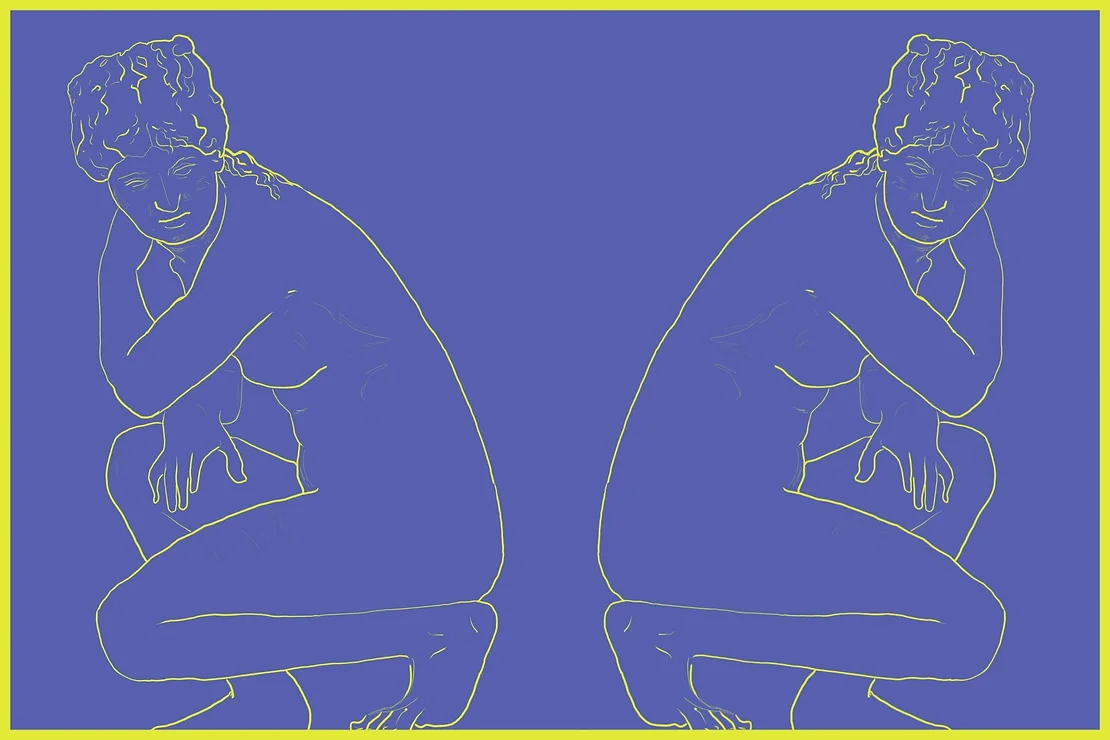Writing by Rose Fox. Artwork by Antonia Popescu.

‘That light, this pain (what never translates).’
‘A Pain That Is Not Private’ by Lara Mimosa Montes
The practice and process of ‘catharsis’ is one of those aspects of self-help and the burgeoning wellness industry which one hears about a lot, epitomising the cultural phenomena of ‘buzzwords’. Yet, when it comes down to an actual and practical reckoning with it, ‘catharsis’ realises itself very little in our day to day lives. Derived from the Greek word katharsis, meaning ‘purification’, ‘catharsis’ is often characterised as an emotional experience. Commonly linked to art and other creative pursuits, when one considers how we practise catharsis as humans it takes on the role of externalisation. Articulating or embodying those aspects of one’s internal world which remain buried under the routine sway of admin, emails, and other such banalities. Engaging with cathartic release therefore seems naturally tied to creativity. There is a TedEx video of Ethan Hawke in which he describes why he believes the arts to be of such inherent value to all people, regardless of the question of ‘talent’ and other such fabrications, describing how art is not a luxury but sustenance. A similar sentiment is mirrored by Nietzche, who declares we have art ‘in order not to die from the truth’.
However, the rise of the wellness industry and the cult of Western spiritualism, as propagated by those influencer-stroke-yogi-stroke-business moguls who dominate online spaces, has mutated catharsis and kindred notions of self-betterment into something devoid of emotional substance. Promotion of online content which revolves around journal prompts, morning routines and such like becomes a promotion of performative, disingenuous acts of cathartic release. There is something almost unsettling surrounding the performativity of ‘self-care’, perhaps in part due to the fact that is at its core so antithetical to its eponymous intent. Acts of cathartic release in an age where everything has to be documented in order to be granted the privilege of recognised existence, means that everything is reduced to display. The very concept of a ‘Day in the Life’ video pulls us further from the privacy required to have genuine moments of introspection. The online world exists as a function and proponent of the fantasy of authenticity, paradoxically ensuring that the actual opportunity for authenticity, including genuine catharsis, is rendered impossible.
Innately bound to the notion of ‘catharsis’ is an awareness of ‘self’. A somewhat comprehensive, or at the very least, general idea of who we are. However, in an age defined by hyper-individualism, loss of community and social and cultural stratification, the idea of the ‘self’ has devolved into an increasingly vague and displaced concept. The blurring of the boundaries between the public and private self, alongside the rise of social media has resulted in the fracturing of personal identity. The versions of ourselves we present to the world exist merely as constructs of who we believe we should be, each becoming further detached from any kind of revitalised self. Lacking the outlets required for the processes of catharsis to take place, it is perhaps not so surprising that so many of us feel there is something within us that we have not yet reckoned with, resulting in a kind of disillusionment and detachment from not only the ‘I’ but also the ‘Other’.
The dangers of apathy are self-evident, and directly in contrast with the principles required to promote cathartic release. Yet, our society continues to run headlong towards indifference, dejection. There is hope, however. The products of such great discomfort with the ‘state of the world’ innately foster the desire to find like-minded individuals, to understand what it is within ourselves that makes us incompatible with the pace of modern life. Forced reflection can lead to autonomous introspection, questioning and attuning oneself to aspects of identity that had previously been simply mindless aspects of one’s existence. Catharsis can be collective, re-discovered, with all necessary resources contained within oneself. In navigating human emotions one learns that consistency is likely impossible, but acceptance is the greatest tool within our arsenal. Realising that our thoughts are not representative of reality is a realisation intrinsic to cathartic release.
There is a wonderful passage from one of Albert Camus notebooks in which he says: ‘Go for a walk. It doesn’t have to be a romantic walk in the park…It doesn’t have to be a walk during which you’ll have multiple life epiphanies and discover meanings no other brain ever managed to encounter…But you need to breathe. You need to be.’ Catharsis is a recognition of one’s own humanity, of one’s own being, and a recognition of the life you have lived up to this point. The first stage then is simply ‘to be’. All else will follow.

